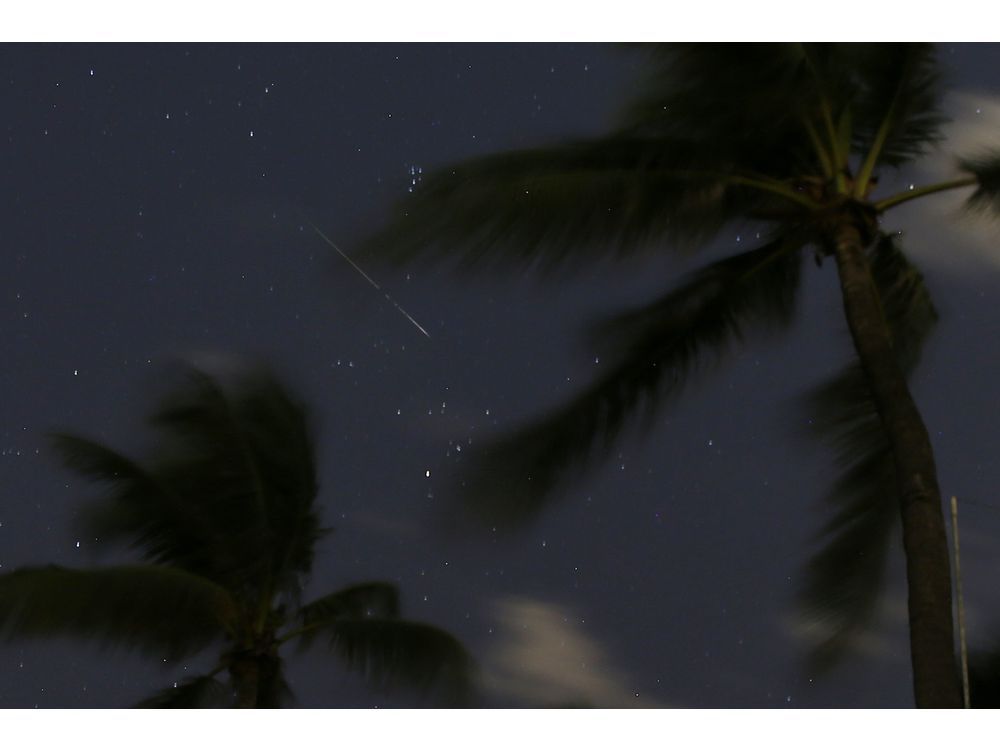WASHINGTON — Summer’s most dazzling meteor shower, the Perseids, peaks early Wednesday. At the same time, Venus and Jupiter will converge in the sky — overlapping like a very bright star.
If your focus is the meteor shower, it’s worth knowing that this year a bright moon will dampen viewing during the pre-dawn peak, so some experts recommend waiting a week or so to glimpse shooting stars against a darker sky.
The Perseids “are an incredible meteor shower,” said Thaddeus LaCoursiere, planetarium program coordinator at the Bell Museum in St. Paul, Minnesota.
Under dark skies with no moon, the Perseids can produce between 60 to 100 meteors per hour, he said. Since the moon will be around 84% full during the peak, skywatchers might expect between 10 to 20 meteors per hour, according to the

 Edmonton Sun World
Edmonton Sun World

 The Daily Beast
The Daily Beast The List
The List Mediaite
Mediaite Uproxx
Uproxx The Hill Campaign
The Hill Campaign The Babylon Bee
The Babylon Bee AlterNet
AlterNet FOX News Health
FOX News Health America News
America News